Nitrogen is one of the most prolific and important elements found in plants. It is vital for the development of the proteins that are responsible for the growth of plants, which absorb it from the soil. If there is a lack of nitrogen in the soil, a plant can become nitrogen deficient.
Nitrogen can be added to soil by using a chemical fertilizer, either in dry form or as a liquid. Nitrogen deficiency can also be treated organically by adding animal manure and “green manure”–i.e., cover crops that are rich in nitrogen or which fix the nitrogen in the soil.
A lack of nitrogen in the soil can lead to nitrogen deficiency in plants, which will affect their growth. Choosing the method to add nitrogen to soil depends on how environmentally-minded you are, or how quickly you want to achieve it. Read on to find out more about your options.
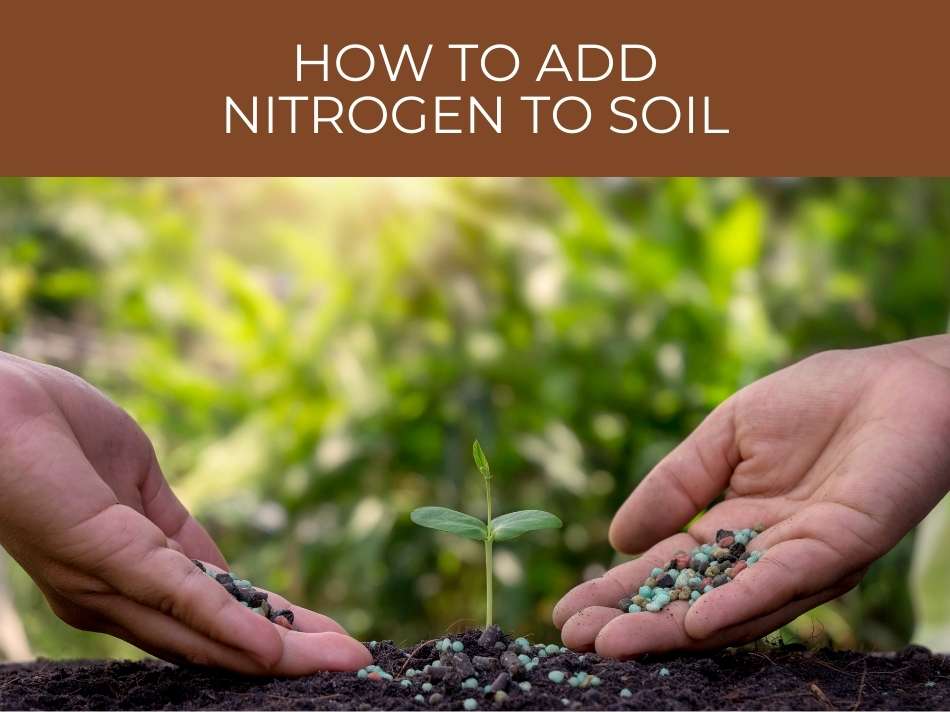
How to add nitrogen to soil
Nitrogen can be added to soil using chemical fertilizer or organic materials. The organic option is to add animal manure or green manure to the soil. Planting specific crops–primarily legumes like alfalfa or clover–also adds nitrogen to soil.
The simplest way to add nitrogen to soil is to use a chemical fertilizer that is rich in this element.
The fertilizer can be mixed into the soil, or added to an irrigation system.
This is known as fertigation and works best when a liquid fertilizer is used with a drip irrigation system.
To add nitrogen to soil in a more environmentally-friendly way, coffee grounds can be mixed into the soil.
Grass clippings used as mulch is also effective, as is adding composted manure to the soil.
Another method of adding nitrogen to soil is to plant plants that are rich in nitrogen, like legumes.
To add nitrogen by allowing it to re-establish itself, it is also possible to rotate crops.
This means planting something that does not use a lot of nitrogen every alternate year.
Neither method is more effective, but fertilizer acts more quickly than most other methods.
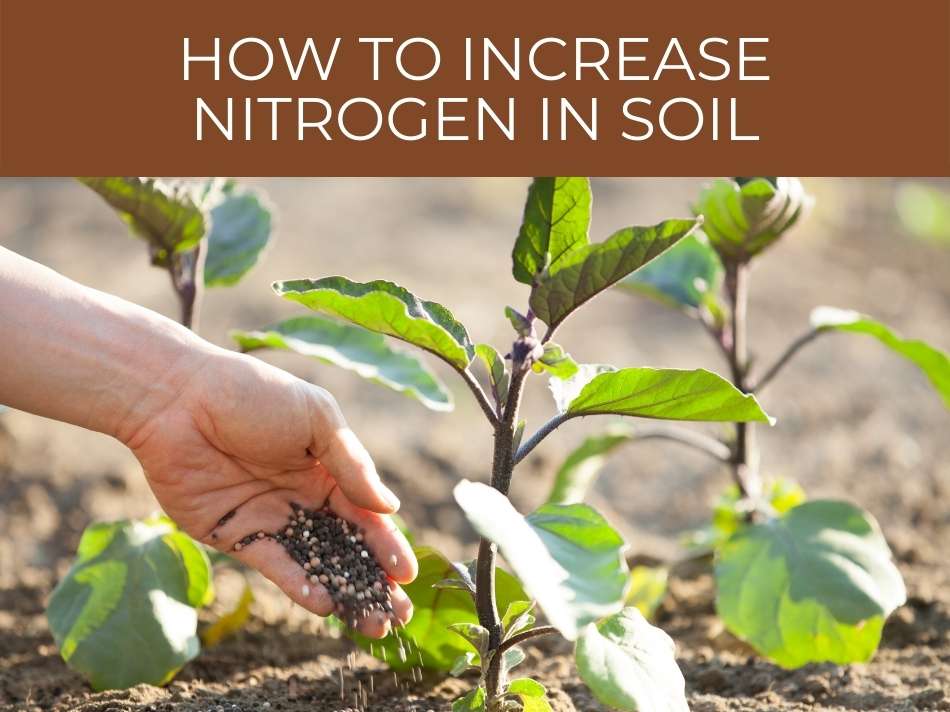
How to increase nitrogen in soil
Nitrogen in soil can be increased by adding a nitrogen-rich fertilizer. The most effective way to do this is to use fertigation. More environmentally friendly methods can also be applied, but will not act as quickly as adding synthesized fertilizer.
Increasing the level of nitrogen in soil can be achieved quite quickly and efficiently by adding a nitrogen-rich fertilizer to the soil.
The most effective way of achieving this is to mix liquid fertilizer into the water of a drip irrigation system.
This process is known as fertigation.
The level of nitrogen in soil can also be increased by mixing in coffee grounds or composted manure.
Because plants absorb a particular form of nitrogen from the soil that is affected by organic matter, one way of increasing nitrogen in the soil is to remove decayed organic matter where possible.
Planting crops that will fix the nitrogen in the soil is also an option.
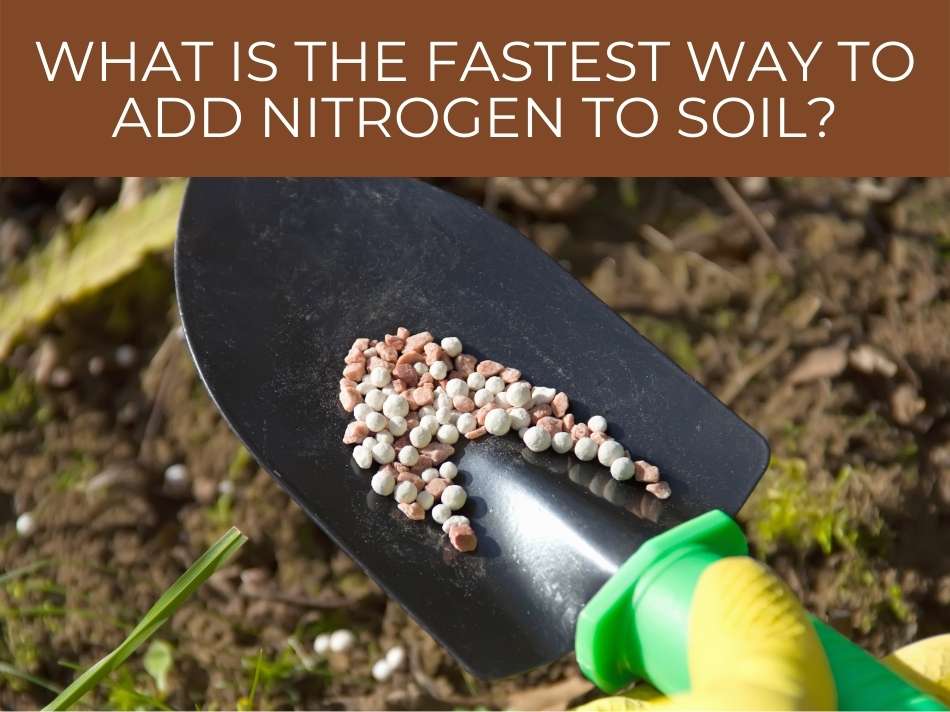
What is the fastest way to add nitrogen to soil?
The fastest way to add nitrogen to soil is to treat it with a chemical fertilizer high in nitrogen. It can be mixed into the soil, sprayed onto the leaves, or added to water that irrigates the plants. Adding nitrogen to soil organically cannot be achieved quite as quickly.
The quickest way to add nitrogen to soil is to add fertilizer to the soil.
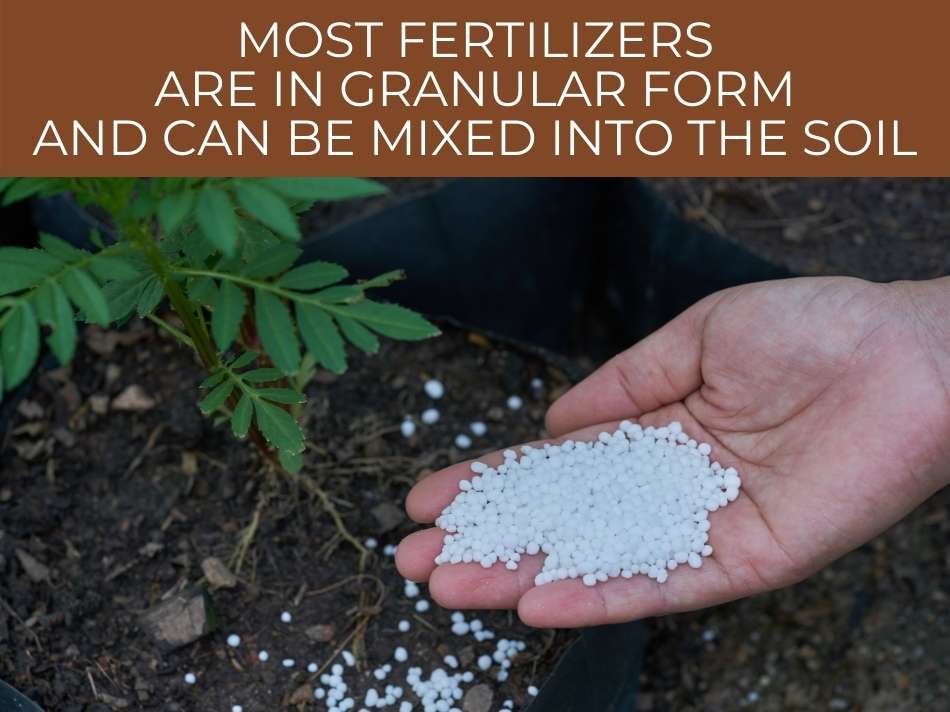
Most fertilizers are in granular form and can be mixed into the soil.
It is actually quicker to use a liquid fertilizer and to target the leaves, not the roots.
This can be sprayed directly onto the leaves, or added to a drip irrigation system.
Organic methods for adding nitrogen to soil are typically more slow-release.
However, chemical fertilizers can technically be used in organic farming.
Other organic methods to increase soil nitrogen include:
- Animal manure (cow, chicken, pig, etc.)
- Green manures: cover crops in the legume family, such as alfalfa, clover, or beans.
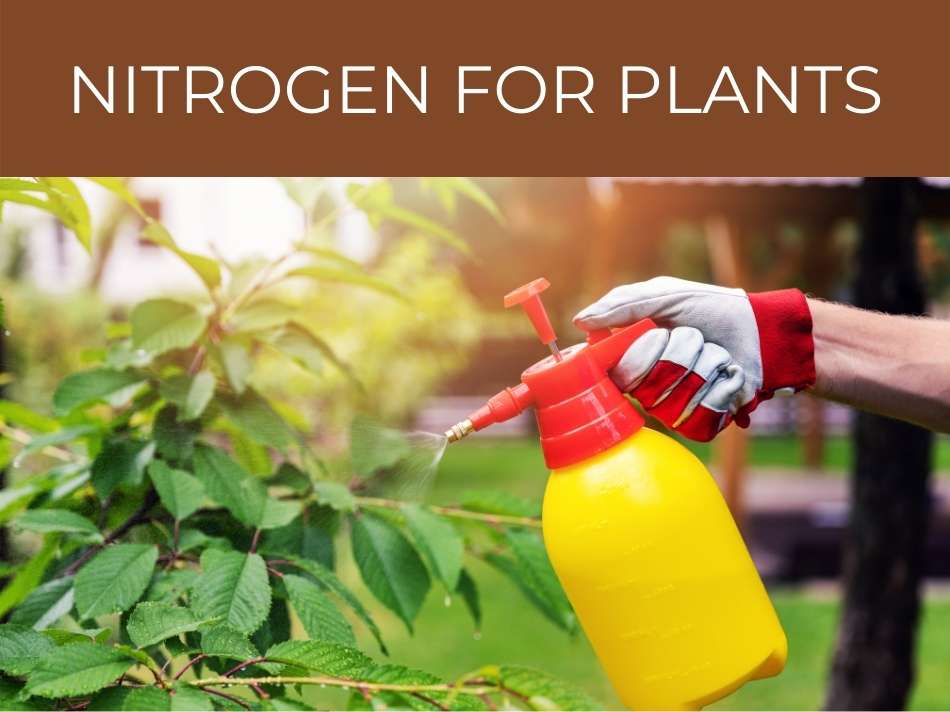
Nitrogen for plants
Nitrogen in plants is a key part of amino acids, which are necessary to make the proteins that plants need to grow. Nitrogen is also an important part of the process of absorbing water, which is vital for plants to grow and thrive. Nitrogen for plants can be added by using fertilizers.
Nitrogen is one of the most prolific elements on the planet and it is vital for the growth of plants.
It is found in the leaves, stems and roots of all plants.
The most important role that nitrogen plays is to help produce the proteins necessary for growth, which is why plants need nitrogen.
If you’re growing potatoes, check out our guide to fertilizers for potatoes.

Nitrogen deficiency
A nitrogen deficiency indicates that soil does not contain enough nitrogen for plants to grow well. Signs of nitrogen deficiency are stunted growth & yellowing leaves, because the plants cannot produce enough of the correct proteins needed for growth. Nitrogen can be increased by using fertilizer.
A nitrogen deficiency means that there is not enough nitrogen in the soil to meet the plants’ needs.
In this case, the plants’ growth will be stunted and the leaves will turn yellow.
This is because the plants need nitrogen to manufacture the necessary proteins for growth.
A deficiency in nitrogen means that a plant cannot grow effectively.
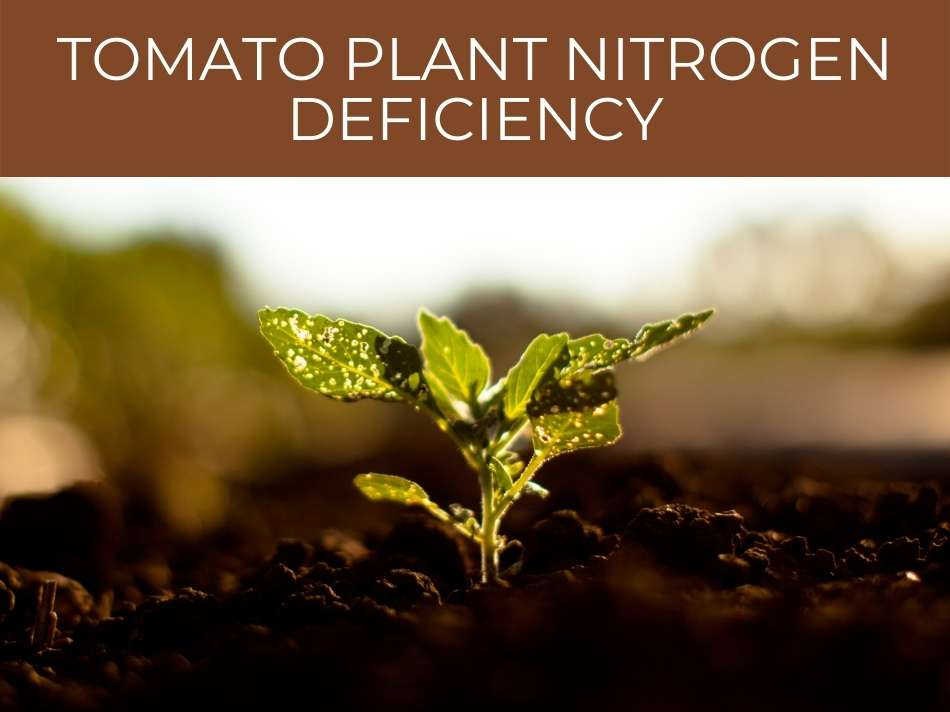
Tomato plant nitrogen deficiency
Tomato plants are rich feeders & need more nitrogen than many other plants. Unless the soil is rich, then the tomato plants become nitrogen deficient. Symptoms of nitrogen deficiency include stunted growth & yellow leaves. Nitrogen can be increased by using fertilizer..
Tomato plants are rich feeders, which means they need more of the important nutrients than most other plants.
This means they will use more nitrogen than the plants around them.
Unless the soil is very rich, the tomato plants will become nitrogen deficient.
To treat this, the level of nitrogen in the soil needs to be increased.
Check out our complete article on best soil for tomatoes.
Also, see how you can grow tomatoes without soil.
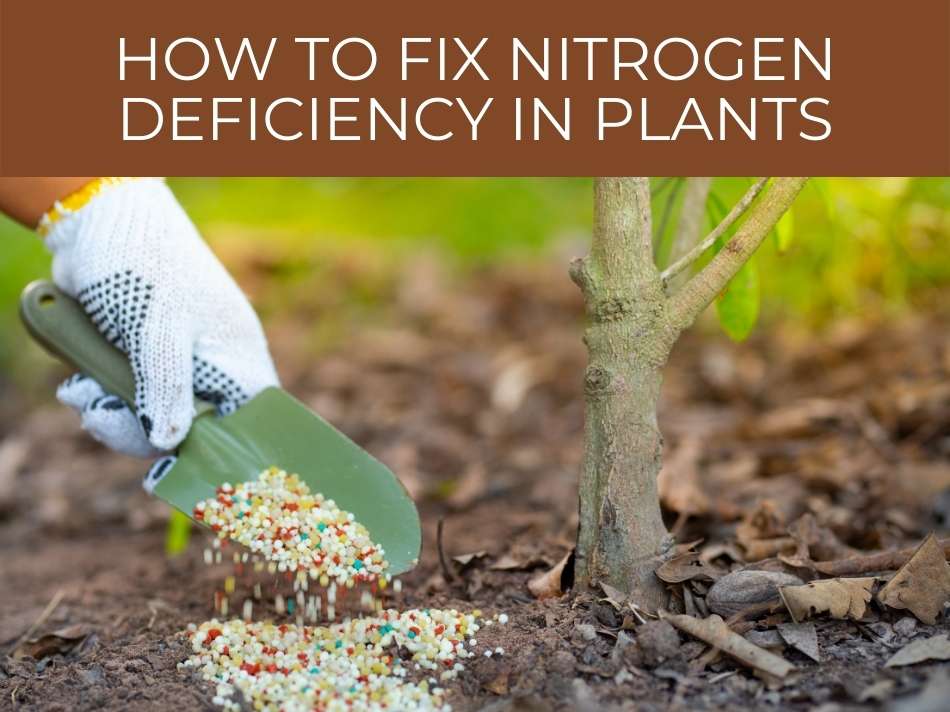
How to fix nitrogen deficiency in plants
Nitrogen deficiency in plants can be fixed by adding chemical fertilizer or using organic soil amendments such as animal manure or “green” manure. Green manures include cover crops typically in the legume family, such as alfalfa or clover.
If a plant is deficient in nitrogen, it needs to be able to absorb more nitrogen from the soil.
This means that fixing nitrogen deficiency in plants is about increasing the levels of nitrogen in the soil.
This can be done by adding a chemical fertilizer, either in a granular or liquid form.
To fix nitrogen deficiency in plants, composted manure can be added to the soil, or coffee grounds can be mixed in.
If nitrogen can be fixed in soil, it means the levels will stay more constant.
Planting crops that are known to fix the levels of nitrogen will also help plants that are deficient in nitrogen.
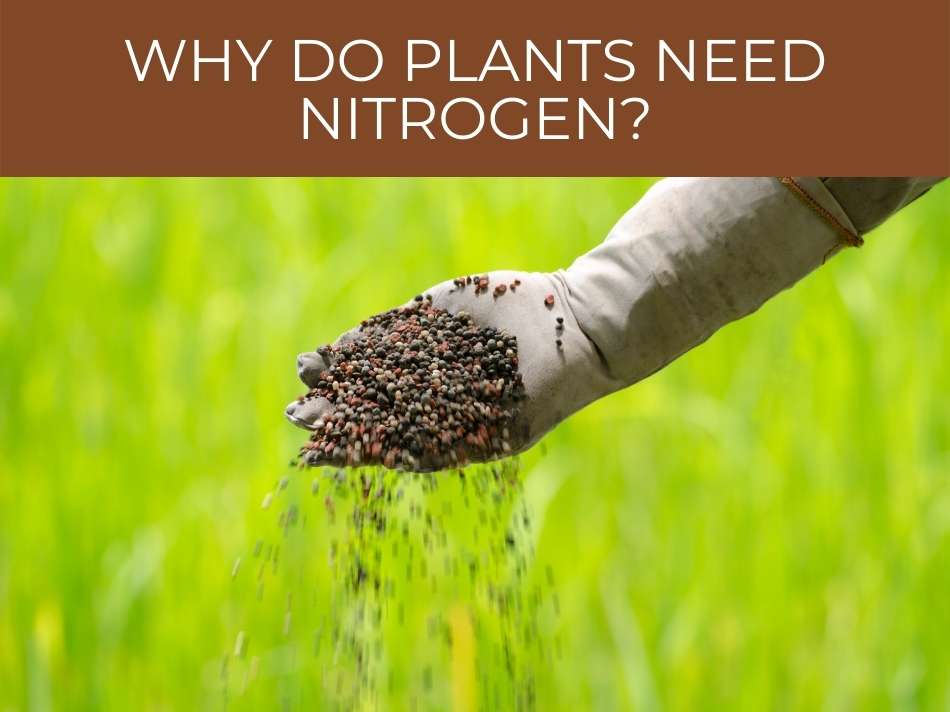
Why do plants need nitrogen?
Plants need nitrogen, because it is a vital element in the production of amino acids. Amino acids are the building blocks for proteins that are essential for the growth of just about all the cells in plants. This makes nitrogen a fundamental component in plant growth.
Nitrogen plays a central role in the growth of plants, because it is vital for the formation of amino acids.
These then produce the proteins that a plant needs to grow.
Just about every cell in a plant contains nitrogen, which is actively involved in the growth of the cells.
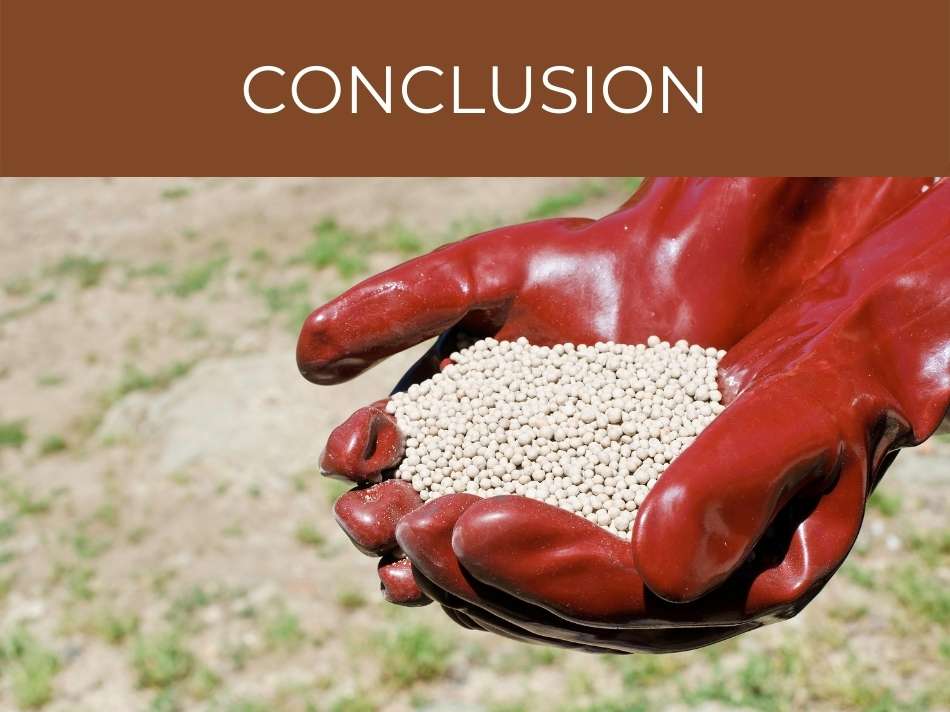
Conclusion
Because nitrogen is vital for the growth of plants, it is necessary to keep the levels in soil sufficient.
This means that they may need to be increased by adding fertilizer or more environmentally-friendly substances to the soil.
The levels can also be increased by planting crops rich in nitrogen, or by rotating crops.


